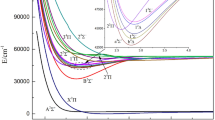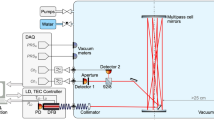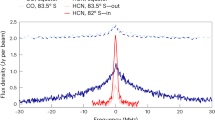Abstract
THE object of my letter to which Prof. Cox refers was to draw attention to certain statements made in recent accounts of Arrhenius' theory which were disproved by Prof. Schwarzschild's computations. I was fully aware at the time that Arrhenius himself had already arrived at the conclusion that, to accord with his theory, the particles in the tails must be assumed to be liquid or solid. This was the necessary result of his computations, which had convinced him that the diameters of the particles must be between 0.1 and 6 in order to satisfy Prof. Bredichin's values for the repulsive forces observed in comets. But how does Arrhenius' theory account for the presence of luminous vapours in the tail? In some recent comets the typical spectrum of the hydrocarbons was traced by Prof. Vogel to the farthest end of their tails. The emission of Comet 1881 iv. (Schæberle) was almost entirely gaseous, and in Comet 1882 ii. even the sodium vapour was observed in the brighter parts of its luminous appendage. How are these vapours carried into the extreme parts of the tail, since the analysis of Prof. Schwarzschild shows that the pressure of light is far too insignificant to exert a repulsion upon the molecules of a gas or vapour?
This is a preview of subscription content, access via your institution
Access options
Subscribe to this journal
Receive 51 print issues and online access
$199.00 per year
only $3.90 per issue
Buy this article
- Purchase on SpringerLink
- Instant access to full article PDF
Prices may be subject to local taxes which are calculated during checkout
Similar content being viewed by others
Author information
Authors and Affiliations
Rights and permissions
About this article
Cite this article
HALM, J. On Prof. Arrhenius' Theory of Cometary Tails and Auroræ. Nature 66, 55–56 (1902). https://doi.org/10.1038/066055a0
Issue date:
DOI: https://doi.org/10.1038/066055a0



